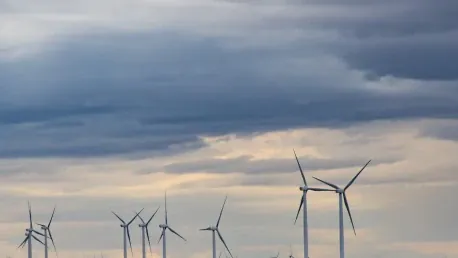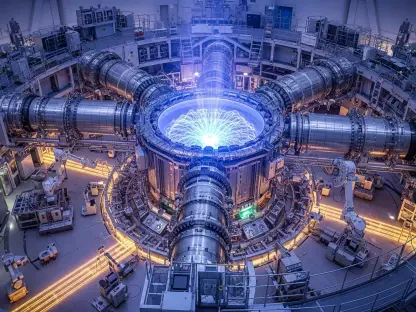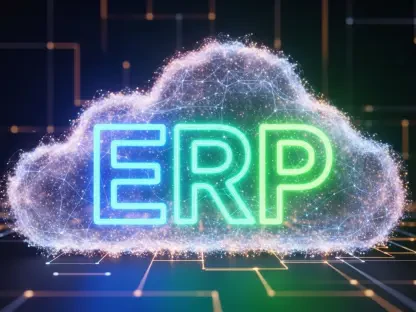As the world continues to grapple with the consequences of climate change and the quest for sustainable energy sources, government-sponsored wind farms have emerged as a significant solution. This roundup aims to provide a comprehensive overview of insights from different sources and experts on the topic of government-funded wind energy projects. We will explore various perspectives, contrasting opinions, and shared viewpoints regarding these initiatives.
Environmental Benefits
Positive Impact
Many experts agree that wind farms offer substantial environmental benefits. According to an article from the Environmental Defense Fund (EDF), wind farms significantly reduce greenhouse gas emissions, thus decreasing reliance on fossil fuels. They argue that large-scale wind energy projects funded by governments can accelerate the transition to sustainable energy and mitigate climate change effects.
Challenges
However, some environmental organizations, including the Audubon Society, have raised concerns about the impact of wind farms on local wildlife, particularly birds and bats. They emphasize the need for careful planning and implementation to minimize these risks. This challenge calls for more research and improved technology to create wildlife-friendly wind turbines.
Economic Considerations
Job Creation and Local Benefits
Proponents, such as the American Wind Energy Association (AWEA), highlight the economic benefits of government-sponsored wind farms. They argue that these projects create jobs, boost local economies, and contribute to energy independence. The Harrisburg Wind Project in Pennsylvania is often cited as an example where government investment led to significant local job creation and economic revitalization.
Cost and Efficiency Concerns
On the flip side, critics like the Heritage Foundation argue that government funding for wind farms can lead to inefficiencies and higher costs. They contend that subsidies might distort the market and inhibit the natural competition that drives technological innovation and cost reduction.
Technological Advancements
Innovations in Wind Technology
Technological advancements are a focal point in discussions about government-sponsored wind farms. The National Renewable Energy Laboratory (NREL) has reported that government-funded research has led to innovations such as taller turbines, better blade designs, and advanced materials that increase the efficiency and output of wind farms. These improvements reduce the overall cost of wind energy, making it more competitive with traditional energy sources.
Still Room for Improvement
Nevertheless, some experts argue that technology alone cannot solve all issues. Sharon B. Jacobs, a professor at the University of Colorado Law School, points out that regulatory frameworks and public policies need to evolve in tandem with technological advancements. She suggests that governments should focus not only on funding technological innovations but also on streamlining regulations and permitting processes to expedite the deployment of wind farms.
Public Opinion
Community Support
Public opinion is generally favorable toward government-sponsored wind farms, according to a survey conducted by Pew Research Center. Most respondents support renewable energy initiatives and believe that government involvement is crucial in accelerating the transition to sustainable energy.
Opposition and NIMBYism
However, some local communities express opposition to wind farms due to aesthetic concerns and the “Not In My Back Yard” (NIMBY) phenomenon. Local opposition can sometimes delay or derail wind energy projects, indicating a need for better community engagement and education on the benefits of wind energy.
Final Thoughts
This roundup has showcased varying perspectives on government-sponsored wind farms. Experts agree on the substantial environmental and economic benefits, yet acknowledge challenges such as wildlife impacts, cost concerns, and public opposition. Technological innovations promise a brighter future for wind energy, but regulatory and public engagement strategies need to evolve as well.
For those interested in delving deeper, additional resources include reports from organizations like the Environmental Defense Fund, the American Wind Energy Association, and the National Renewable Energy Laboratory. These sources offer detailed analyses and data-driven perspectives that can enrich one’s understanding of this complex and vital topic.









